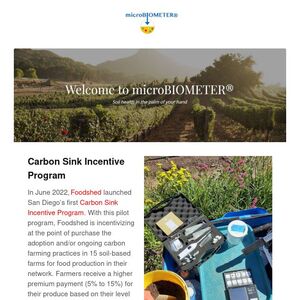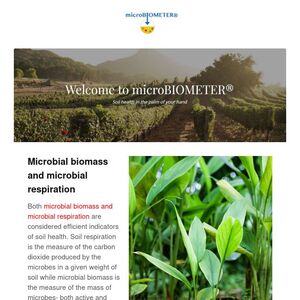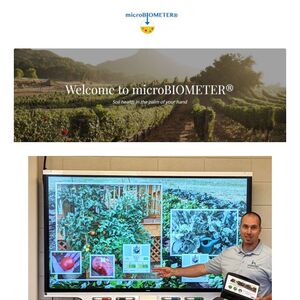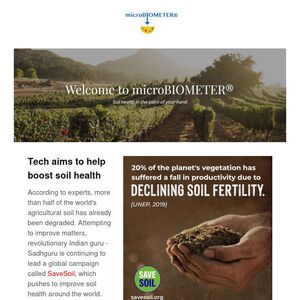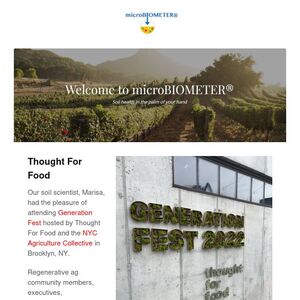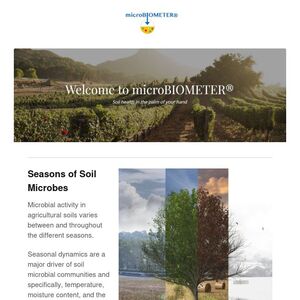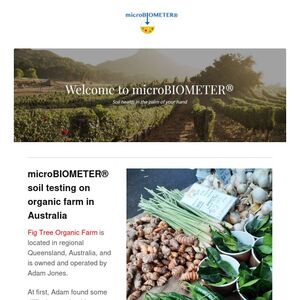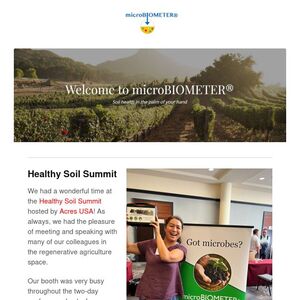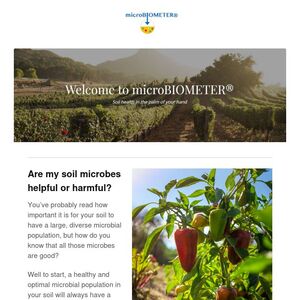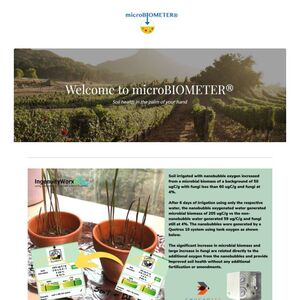
microBIOMETER® in Uganda
Our long-time customer and soil health partner, Matthew Slaughter of Earthfort Lab has recently teamed up with Michael Neuman at Partners in Progress. Partners in Progress is a non-profit organization responsible for providing Earthfort’s Field Lab Kit as well as training for the farmers in Uganda and Haiti. The Field

